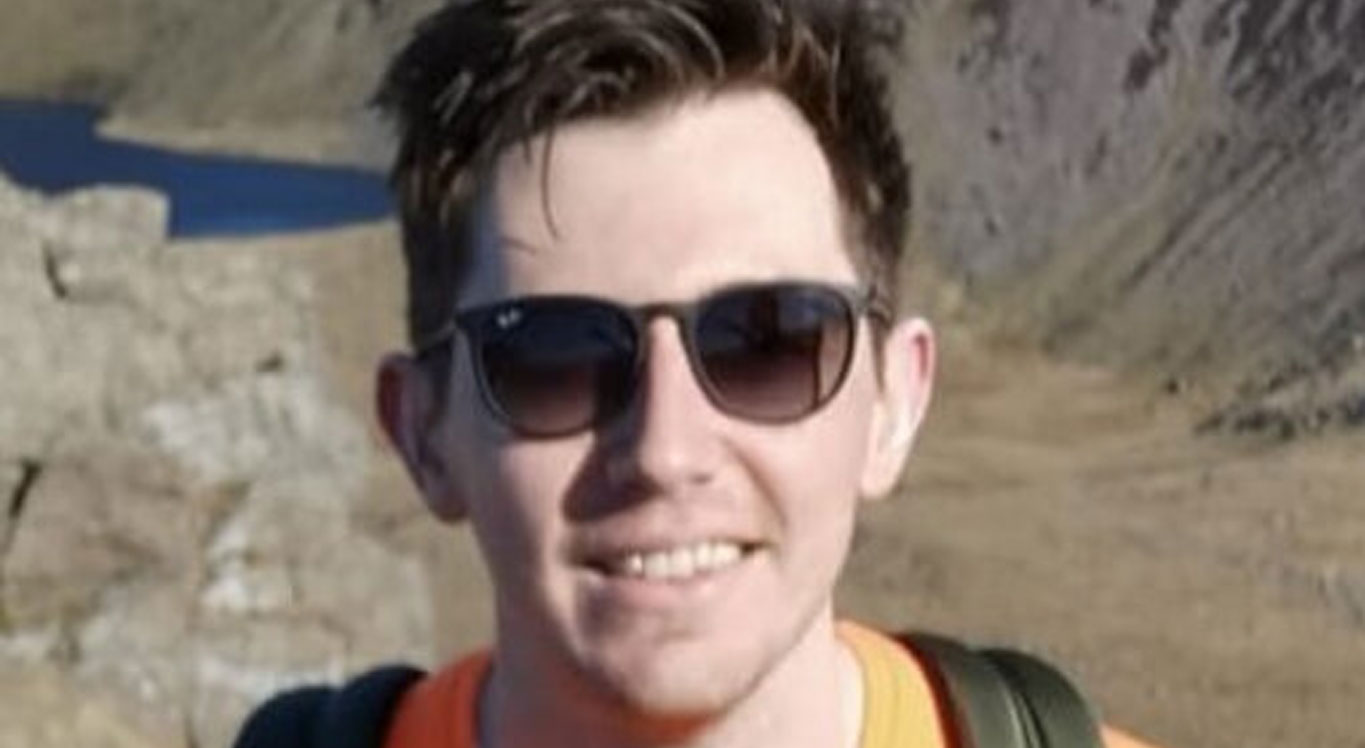Mike Burgum is a Research Officer at Swansea University Medical School. His primary research interests are in regulatory toxicology, nanomaterial mutagenicity, and nanomaterial characterisation.
What is your field of research?
My research lies within the field of genotoxicology with an emphasis and interest into the genotoxic profiles of nanomaterials. Within this area I investigate the mechanism of action underpinning nanomaterial genotoxicity which can range from mutagenic point mutation signatures, oxidative stress, and chromosomal breaks.
My PhD thesis focused upon the inhalation hazard posed by graphene nanomaterials in which I developed my expertise constructing in vitro models of the human lung.

My (current) post-doctoral role as a research officer has allowed me to move closer towards regulatory toxicology, specifically the adaptation of OECD guidelines to include nanomaterial testing.
How did you become interested in the field?
My introduction to nanomaterials originally came from my 3rd year (BSc Biochemistry) undergraduate research project before enrolling on the Nanomedicine taught master’s program. The MSc in Nanomedicine specifically introduced me to a wide array of nano-specific applications, technologies, and research disciplines – one of which was nanotoxicology. My Nanomedicine research project then looked at the cytotoxic potential of iron oxide nanoparticles to different immune cell types at the Swansea University In Vitro Toxicology Group (IVTG) under the supervision of Professor Shareen Doak.
How did you come to work at Swansea University?
After completing my PhD, I was successful in my application for the role of a research officer in the same year with Professor Doak. The position is split into two Horizon 2020 projects (RiskGONE & NanoInformaTIX) both of which have their own research objectives. My role within the RiskGONE project focuses on the human hazard assessment posed by nanomaterials whereas in NanoInformaTIX I have been conducting literature data mining and investigating the mutagenic risk posed by carbon nanotubes in relevant human cell lines.
What do you hope to achieve with your research?
Ideally I would like to raise the profile of genotoxicology with relation to nanomaterials. Additionally, I would like to see more specific guidance where toxicology testing of nanomaterials is concerned. The research officer role has already allowed me to make a significant contribution towards this objective as very recently the OECD released a new guidance document for nanomaterial genotoxicology testing specifically because of the data generated by Professor Doak and myself in 2019 in collaboration with BASF and the Joint Research Centre (JRC).
What practical applications could your research have?
Stricter guidance on the genotoxicology testing of nanomaterials ensures that more and more publications are reliable in the reporting and interpretation of the data. This makes it far easier to regulate and control the manufacture and intended applications of these materials. Ultimately, making the world safer for industrial, occupational, consumer and medical sectors.
What is next for your research?
Having explored several areas of genotoxicology I have been most gripped by the regulatory aspects as this is the area I feel I can make the most impact with the experience I have gained.
